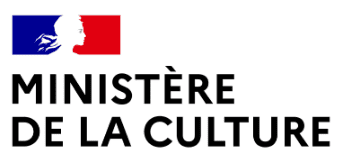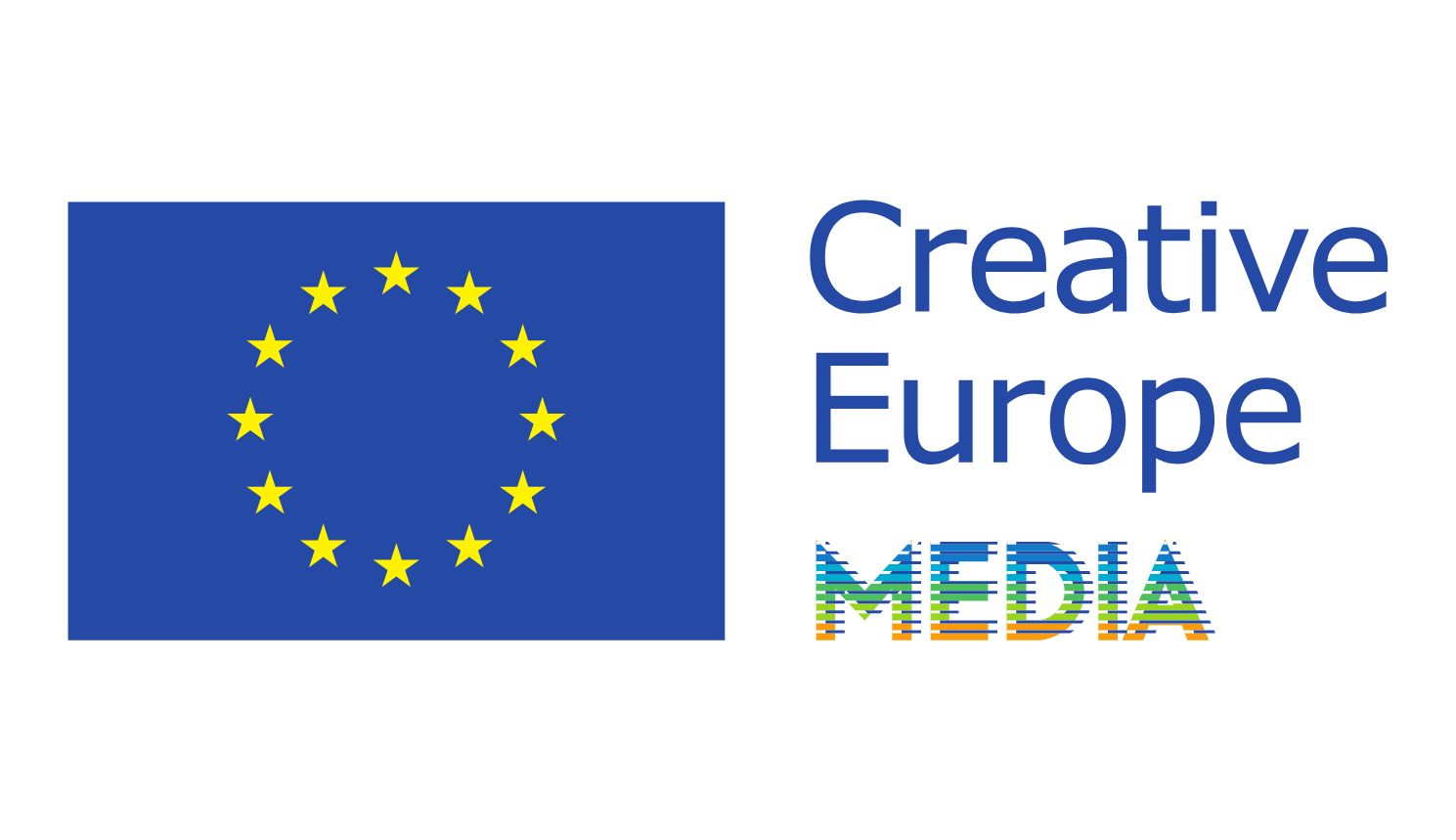“Obsada” means “film crew” in Polish, but can also mean “task force”. The crew here is dual purpose. First the film crew, in front of and behind the camera, who are all women – art and film students brought together for the occasion at the Sztuki Museum in Lodz. The community are busy unravelling and investigating an initiative undertaken in 1973 by another film crew – who were all men. The challenge, initiated by the famous film school in Lodz, was to explore the collective aspect of filmmaking over 23 days. From the filmmaking of one group to another, Wendelien van Oldenborgh continues her lively investigation of the counter- history of feminism with Obsada – following on from her exploration of modernist architecture in Two stones (FID 2020), and the invisibility of women artists from a decolonialised perspective in Hier. (FID 2021). Proceeding via shifted frames and reverse shots, as both tools and the subject of this investigation, Wendelien van Oldenborgh sheds light on her own shooting process, thus turning invisibilities on their head. While the black and white archives of the event are revived and set in motion in order to be queried and turned into new material, colour is presented as another issue for this group of women. This symbol of (masculine) Polish modernism is reappropriated here : through the coloured gels which the women manipulate, monochrome clothes they wear, Sellotape and the walls. Overlays, drawings, all the many gestures which accompany and unravel what is said. However, Obsada doesn’t content itself with merely revisiting the past. The key objective, both then and now, is to recall the fact that this is still work in progress in Poland, a country where, as we are well aware, reactionary, draconian measures are in place which thwart women’s freedoms.
(Nicolas Feodoroff)
- CNAP Award | Flash Competition
- 2022
-
 CNAP Award
CNAP Award
-
 Flash Competition
Flash Competition
- 2022
OBSADA
Wendelien van Oldenborgh
Interview with Wendelien van Oldenborgh
We know your interest as artist and filmmaker in political utopias as they are embodied in architecture and art. Your previous films shown at FID questioned modernist architectural projects (Two Stones, 2020) and the invisibility of women presence of young women artists in a colonial and post-colonial context (Hier., 2021). Here you revisit a famous performance/action exclusively made by men that took place in 1973 at the Muzeum Sztuki in Łódź. How was this project born?
Since a few years a solo exhibition had been planned for Muzeum Sztuki, which was eventually combined with the solo by Céline Condorelli which was to take place at the same time. As a beautiful collaboration we formed this into one exhibition. Interestingly, Céline is also present here at FID this year with a collaborative film work! Both of us made new work for the show and the curators were very supportive in the difficult time of Corona for me to venture on a simple film project. The fact that Łódź is also the home to the most renowned filmschool in Poland gave me a lead towards thinking about young women in the film industry. And this, combined with the experimental workshop/exhibition in 1973 of a radical film-group, who broke out of the conventions of the filmschool, but not out of gender conventions, created the ground for my inquiries for what eventually became obsada.
Students or young graduates, how did you cast your protagonists for this group of women? How did you work with them?
A connection already existed between the museum and the filmschool through one of the curators, Daniel Muzyczuk, who teaches experimental film history. We set out a question towards the PhD candidates of the school: who of the young women would like to join in a film project which centralised the presence of women in film production. I was looking to put together a female crew, which would also be the cast. Eventually we worked with all the young women who showed their interest. We started speaking online for a couple of months before we actually met for the shoot. In this period, I found out a lot about their ways of working, their thoughts and dilemma’s and built my ideas for the shoot from there. Eventually we filmed together for one and a half days, improvising on a grid of ‘’scenes” and ideas in the spaces of the film school and the museum that I had prepared.
You examine, with critical distance, a part of the performance. How did you make these choices?
We just read out their manifesto and had one space in the museum prepared with enlargements of some of the many photo documentations of this Film Form Workshop Action – as it was called – in which they had worked on a variety of proposals. The interesting thing was that the group in the 70s also insisted on the breaking down of authorship and on collaborative ways of creating. It was just a surprise that there were no women at all in the group.
The film is mainly seen from a point of view from above, using the openness of the set. Why?
The scenes that are taking place in the film school – which is in fact in a very old set where literally Roman Polanski and Krzysztof Kieślowski would have filmed their first exercises – are filmed from a high vantage point. The scenes in the two different spaces in the museum have two different attitudes. The reason to film from above was to be able to show the set as it is, to point towards the construction of the piece. A typical film set that can turn into different forms of illusionary spaces and views. The framing from above allowed us to follow the personages as they are moving through it. The camera also moves upwards sometimes to show all the layers of time and history embedded in that space and its mess beyond any illusion. In these upwards movements, I myself sometimes became visible with the curator, Joanna Sokolowska, whispering in my ear. She took part in some of the online talks and since I don’t speak or understand Polish, on the set she is translating the conversations that are being filmed. Again, a sign of the film’s construction as it is happening.
To the discussions questioning the place of women in the modernist context is also added a joyful dimension, as the play with colors or the drawing sessions. How did this aspect come about?
Together we thought about the different aspects that were at play: in the museum as well as in the film school / film world. One of the important figures in the museum’s collection and history is a female constructivist sculptor from the early 20th Century called Katarzyna Kobro. One scene is filmed in a space where normally her colourful metal sculptures are on show on glass pedestals, allowing to view them from all angles. One of her, at the time radical, principles was to take away the notion of the preferred point of view for a sculpture. We tried to find a way to take that along in the attitude of filming, since this notion also has interesting political implications. In the spaces where we paid more attention to the Film Form Workshop Action we decided to take the primary colours from Kobro’s work along to play with possibilities in front of the camera there. Also taking decisions of point of view, or angles of the camera, together. Still being able to also see through the enlargements of the black and white documentation of the original actions and experiments, or paint onto them directly. We just thought of various ways to play with the layers of time, space, colour, point of view, to open things up. Not to erase the previous action but to add to it.
Besides the critical aspect of the original performance, the film also proposes other, non-patriarchal narratives and methods of work. How was this important to you?
I think this is one of the things I look for: a way of working that can convey the political dimension of a work in the method rather than in the content only. In various ways I have tried to work on open and collective processes for production. In this piece it became so interestingly obvious that the women who were interested to join me in this – and who are trained in a film school and already working in the film industry – all had very similar desires of working out ways to work less hierarchical than a mainstream film set is mostly requiring and to approach work collectively. This is why the filmed conversations between them became much more informative and in line with my own desires than I could have imagined.
Interview by Nicolas Feodoroff
-
 CNAP Award
CNAP Award
-
 Flash Competition
Flash Competition
Technical sheet
Poland, Germany / 2021 / Colour / 35’
Original version : polish
Subtitles : english
Script : all participants
Photography : Magda Bojdo
Editing : Wendelien van Oldenborgh
Sound : Paulina Sacha
Casting : Monika Czajkowska, Ewa Borysiewicz, Magda Kupryjanowicz, Elżbieta Szurpicka, Aleksandra Rosset, Magda Bojdo, Paulina Sacha.
Production : Wendelien van Oldenborgh.
Filmography :
Hier., 2021
Two Stones, 2020
Cinema Olanda Film, 2017
Prologue: Squat/Anti-Squat, 2016
From Left to Night, 2015
Beauty and the Right to the Ugly, 2014
La Javanaise, 2012
Bete & Deise, 2012
Instruction, 2009
Maurits Film, 2008
Lecture/Audience/Camera, 2008
No False Echoes, 2008.
Sound Track Stage, 2006-08
Maurits Script, 2006.
- Autres films / CNAP Award, Flash Competition






